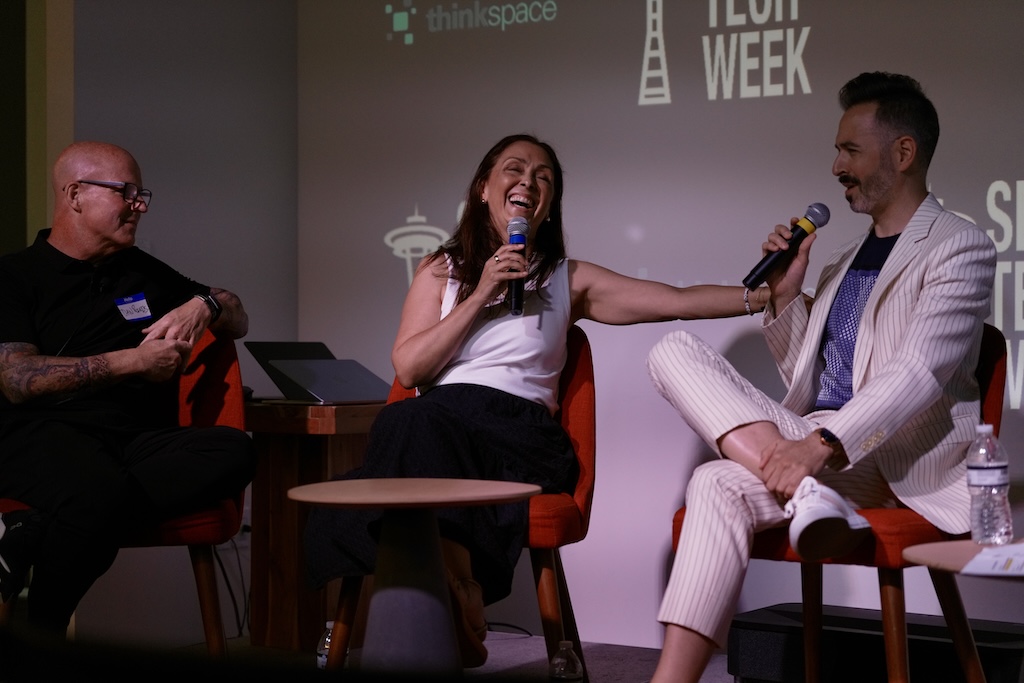 In almost any real-world situation, you rarely have much time to make a first impression. A polished appearance is important, but that only goes so far – the first few things you say about yourself and your business (or, “what you do”) is paramount to forging a new business relationship. Often, this only takes a few seconds and comprises what most people call your “elevator speech.”
In almost any real-world situation, you rarely have much time to make a first impression. A polished appearance is important, but that only goes so far – the first few things you say about yourself and your business (or, “what you do”) is paramount to forging a new business relationship. Often, this only takes a few seconds and comprises what most people call your “elevator speech.”
Almost every business professional has (or should have) a short and sweet pre-prepared dialog of what they do as a professional. In the startup industry, this “speech” should actually be designed more like a “pitch,” ready in the event of a spontaneous meeting with a mentor, VC, or potential business partner.
I have had the opportunity to attend – and even judge – several startup competitions over the last few years. At every event, I have seen dozens of startups severely overestimate just how much time 60 seconds (which is how much time these startups usually get to pitch their idea) really is. Just as they are getting to the core of what problem their startup solves, and how they are going to solve it, time is up.
At one of the most recent events I attended, I spoke with a VC who could not agree more with me that the perfect pitch is really quite simple – just explain what problem your product solves, and how it solves that problem. Then, if you have the time, dive deeper into the gory details of marketing plans, the backend of the product, future iterations, etc.
That’s a lot to cover in 60 seconds though, and the biggest thing to remember when pitching your startup is that you are trying to sell it – especially to judges and/or VC’s. A vague pitch, which may be intriguing to other entrepreneurs, will not impress someone who is looking to fund a great idea. Alternatively, a pitch that spends too much time on a backstory runs the risk of missing an opportunity to actually explain what their startup is, and what their product does. That said, if you can sell the premise of your great idea in 60 seconds, you are more likely to get another shot at a little more time to explain your startup and product in more detail in a later round.
For the rest of us, this is a good reminder about how to develop our own “personal pitches.” No one wants to hear a 5 minutes backstory about how you got the job you have. A short, powerful statement about where you are now – and where you are going – can be so much more powerful.
